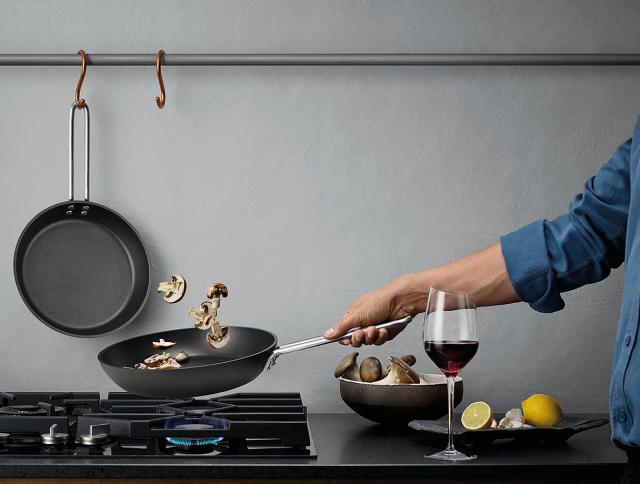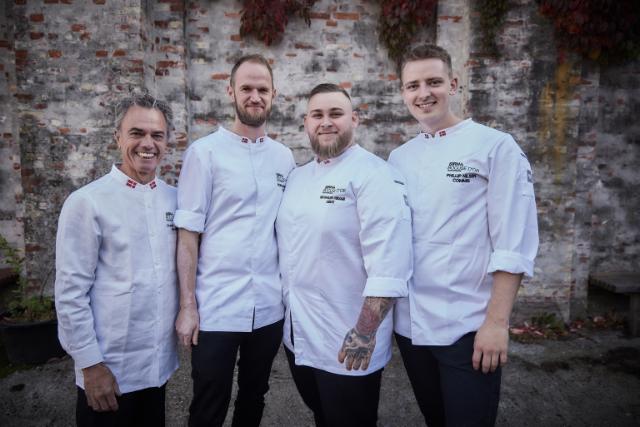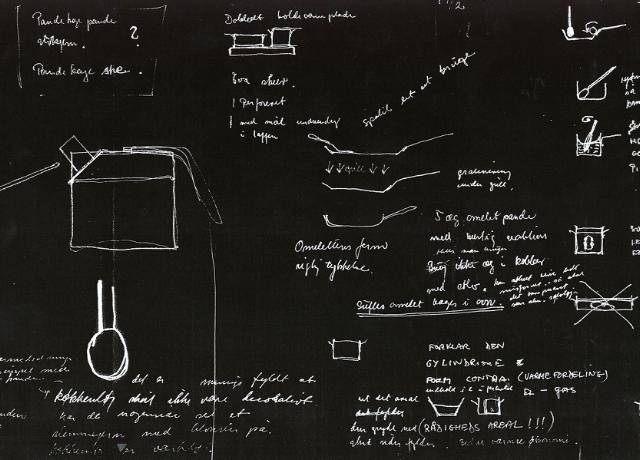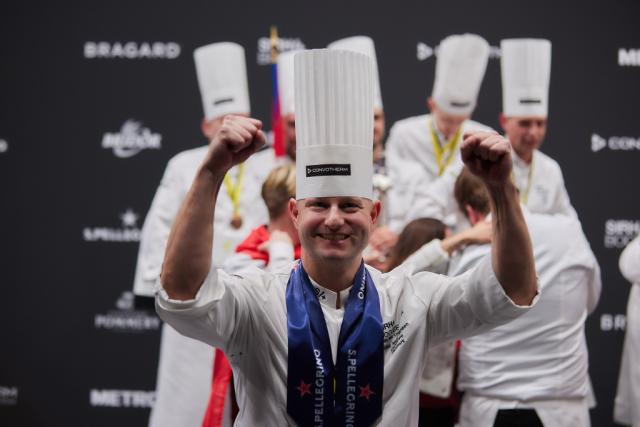GUIDE
Take good care of your frying pans

Eva Solo has been dedicated to designing exclusive and functional cooking tools for more than a century. That’s why we are not afraid to claim that a frying pan is never just a frying pan. Frying pans do, however, all share one feature: To get the most of them they must be handled with care and understanding.
Frying pans are – just like pots, kitchen appliances, and kitchen utensils – created for different purposes. Some of them are particularly suitable for red and minced meat, others for light meat, egg recipes, and vegetables. Others again for hot desserts. The metal used as well as the shape and size of the pan will say a lot about its intended functionality.
You can contribute to ensuring that your frying pan has optimal conditions for optimal performance in your kitchen – just as, unfortunately, you yourself may be to blame for the frying pan ending up having a far-too-short life.
Turn down the heat – turn up the beat
People tend to think that a frying pan can only perform optimally if it is heated quickly at maximum heat. Unfortunately, this approach is very wrong, and it may severely affect the functionality and lifespan of the frying pan. Frying pans should never be exposed to extreme temperatures, such as heat and cold shocks. A scalding hot pan under the icy cold tap is not a great combination.
The metal will have the best conditions to adapt when the pan is heated at medium heat and cooled down slowly. This rule does not just apply just once in a while, but every time the frying pan is used. By adding a drop of water or a little fat to the cold frying pan before turning on the heat, you can easily check when the pan has reached the right temperature.
Balanced frying
A frying pan likes to feel balanced – there's no need to turn your frying pan completely red-hot. All ingredients will benefit from being fried on medium heat. Your meal will be tastier, the texture will feel more appealing – and the life of your frying pan will be greatly extended. You should always make sure that the temperature of the meat is not too cold. This will release liquid into the pan, causing the temperature of the metal to drop instantly – and instead of frying, the meat ends up boiling.
Kitchen stoves are not all alike. Some offer a maximum setting of 12, others of 6. Not surprisingly you may ponder what the term 'medium heat' actually covers. We recommend that you always roast at half the stove's maximum setting +1. If, for example, the maximum setting is 10, you should fry at the half of 10 (= 5) + 1 = 6.
Make the most of your frying pan

- Never expose a frying pan to extreme temperatures – avoid any kind of heat and cold shock.
- Keep an eye on the heat. Put a few drops of water or a little fat onto the pan before turning on the heat to easily check when the frying pan has reached the right temperature.
- Use grease on all types of frying pans.
- Always fry at half the stove's maximum setting +1. If the max setting is, for example, 10, you should fry at half of 10 (= 5) + 1 = 6.
- The booster function of the induction cooktop is only for making liquids boil quickly – never use it for frying pans.
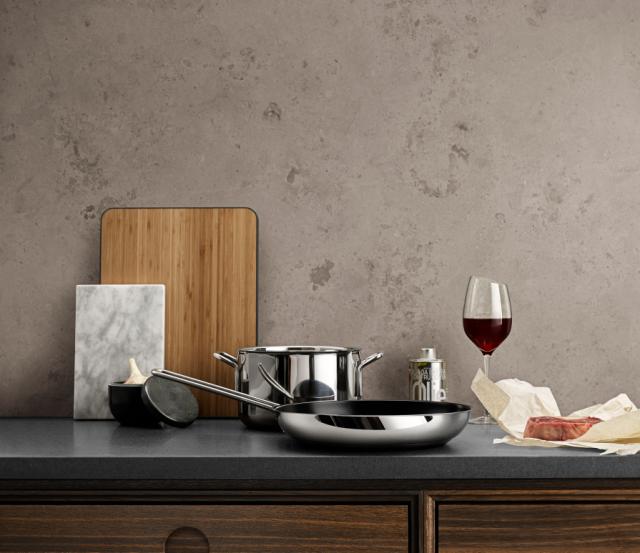


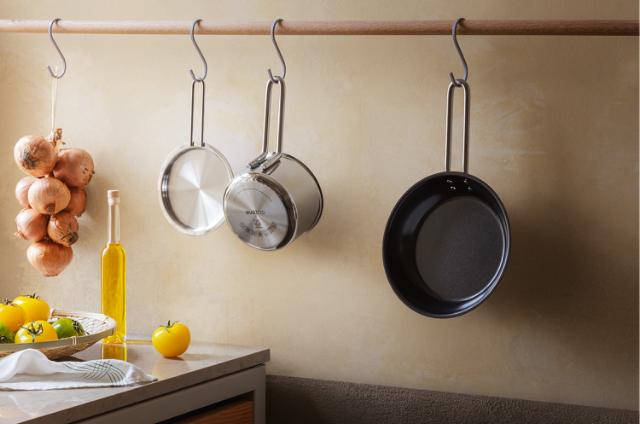
No boosting!
Few people realize that the booster function of the induction cooktop is only intended for liquids. It is an amazing feature for boiling water in a hurry, but the booster function is unsuitable for frying pans. Unlike a pot of water, a frying pan has no chance of quickly escaping the pressure of intense heat. Consequently, the pan will overheat. Excessive heat risks destroying the Slip-Let® coating, hereby making ingredients suddenly stick to the frying pan instead of gliding easily by a minimum of added fat. You end up becoming annoyed with your frying pan, which you now think is poorly produced – but which has, in fact, simply been inappropriately handled.
Useful fats
There is no way to avoid using grease on a frying pan. At least not if you wish to give it a long life. Uncoated frying pans particularly need to be greased with oils or buttery products. This provides the best conditions for excellent preparation of your favourite ingredients.
The Slip-Letâ coating enjoys huge success all over the world – and for good reason. It is wonderful to be able to prepare a meal without having to add large amounts of grease. Although the Slip-Let® coating offers this possibility, addition of oils and fats is still absolutely necessary, even on frying pans with our popular easy-release coating. Shown a little care and understanding the Slip-Let® coating will live up to your expectations for a very long time. When exposed to excessive heat and scratching metal utensils, the coating performance will drop rapidly. Accommodate the needs of the Slip-Let® pan with something as simple as medium heat and wooden or plastic kitchen utensils.
